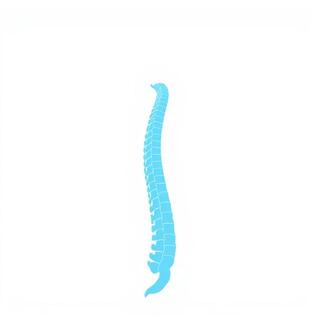
Keep the S-curve
Why a neutral neck angle turns down muscular “guarding” and helps you stay asleep longer.
JOURNAL
Field stories, lab snippets, and practical guides for sleepers in India — from monsoon humidity to shoulder-width pillow fit. Scroll the ribbon to browse fresh reads.

Why a neutral neck angle turns down muscular “guarding” and helps you stay asleep longer.

What our airflow probes show during sticky nights — and how covers change the outcome.
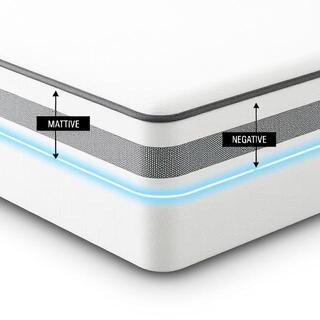
Perimeter stability matters for sit-stand routines and mid-night turns.
RESEARCH NOTES
Short, readable findings that connect measurements to how your night actually feels.
Concentrated pressure at the shoulder can cue micro-arousals. Zoned contouring disperses the peak so your brain has fewer reasons to wake you.
“Smaller turns after 03:00 means deeper sleep.”

AirKnit + channels lower the damp layer against skin. The effect is small but meaningful on warm nights, especially for side sleepers with shoulder contact.
“Dryer skin layer = calmer turning behavior.”

Reinforced edges limit the sliding sensation during sit-to-stand transitions. That stability lowers early-morning wake-ups for people who use the edge daily.
“Stable edges = steadier mornings.”
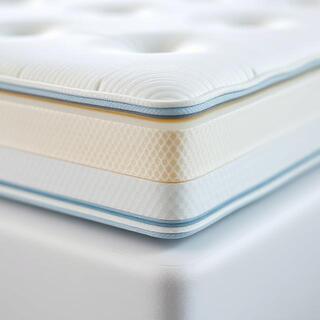
Q&A
Straight answers you can use tonight — no forms or fluff.
Softness affects comfort, but angle affects posture. If the neck drops or climbs, the spine compensates and muscles brace, which fragments sleep. Choose loft first, then adjust feel.
Give it a week. Your body adapts to a new baseline over several nights; quick showroom tests can be misleading — especially for side sleepers.
A good protector should breathe and stay thin. It blocks spills and dust without trapping humidity, preserving the surface feel of the cover.
FIELD DIARY
Quick logs from real bedrooms — not labs — where airflow and edge behavior matter most.
Ceiling fan + window cracked. With a dense knit cover, sleepers reported sticky cheeks after 30 minutes. Swapping to AirKnit cut “cool-down turns” by half.
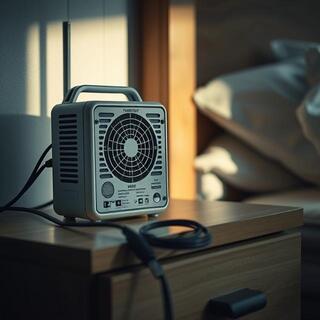
Lower absolute humidity, but edge stability still mattered: people sit to lace shoes. Reinforced rails reduced that “sliding off” cue and shortened morning routines.

MYTH VS FACT
Three claims we hear all the time — and what our measurements and diaries suggest.
Density changes support and response, not airflow. Cover porosity and channel design make a bigger difference to how the surface feels after 20–40 minutes.
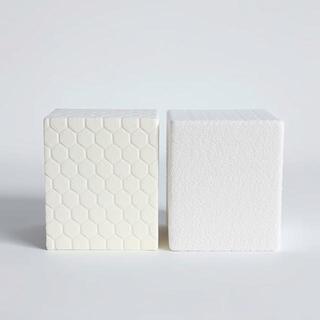
Rails reinforce the perimeter only; they don’t change central contour. Sit, turn, and step off the side with less roll-off — while keeping the middle uniform.
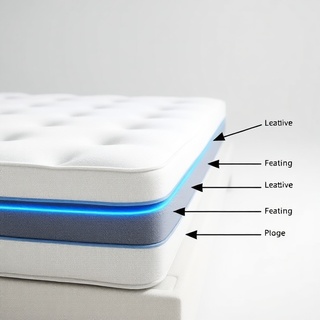
Impermeable films trap humidity against skin. Thin, breathable protectors keep spills out while letting the knit cover do its job.
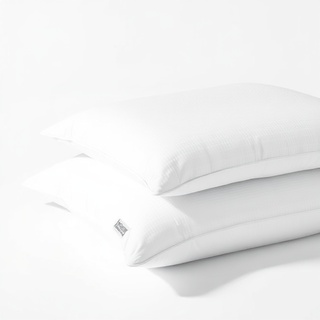
WIND-DOWN
Not a workout — just signals to your muscles that bracing isn’t needed. Do them slowly with easy breathing.
If anything hurts, stop. The goal is comfort, not range.
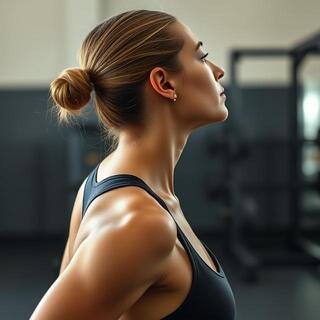

DATA
We logged turns with simple accelerometers. With breathable covers and zoned support, the 02:00–04:00 window showed the largest drop in “cool-down” turns.
Average reduction in turns between 02:00–04:00 after switching to AirKnit + zoned support.
Longer continuous sleep segment on warm nights in coastal cities.
Lower edge-related micro-arousals when reinforced rails are present.

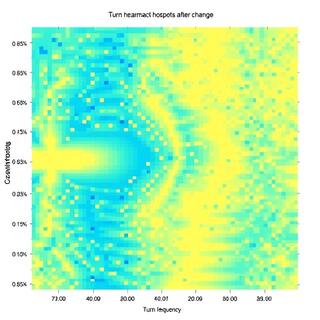
LONG READ
A small shift at the neck changes the whole night — here’s the practical way to dial it in.
Picture the neck as a hinge with a long lever. A few millimeters at the pillow become centimeters lower down the spine. When the chin tucks toward the chest, paraspinal muscles “guard” the joint and your brain flags it as a problem to watch. That vigilance is what fragments a night into dozens of short episodes.
Start with loft — not softness. Loft sets the angle; feel only tunes comfort. For back sleepers with narrow shoulders, a low loft prevents chin-to-chest tucking; for side sleepers, medium loft keeps the ear–shoulder line roughly horizontal. If you have broad shoulders, a high loft keeps the head from drooping.
“Loft decides posture; feel decides preference. Set posture first.”
Give your body a week. The first two nights can feel “different,” but by night four the nervous system usually accepts the new baseline. If you still wake with neck tension, adjust by 5–7 mm using a breathable case rather than jumping to a whole new pillow.
Pro tip: if you occasionally mouth-breathe with AC running, test a slightly higher loft to keep the airway open, then reassess after three nights.
COOLING TRIALS
Two snapshots from a humid chamber and a breezy bedroom with a ceiling fan.

Higher-porosity knits dried faster and kept the skin layer drier at equal temperatures.
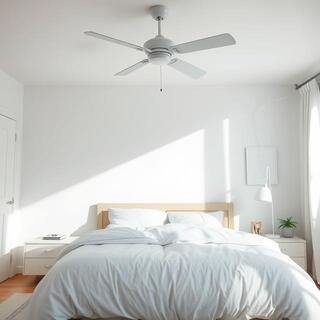
With a ceiling fan, breathable covers outperformed dense knits even at lower fan speeds.
MINI INTERVIEW
A short chat with Arun, who switched during peak summer.
“Turns feel smaller. I fall back asleep faster.”
TEARDOWN
A look at the parts that shape feel and airflow — and why seams matter.
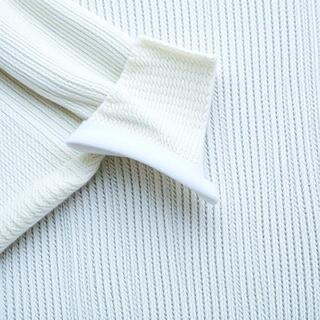
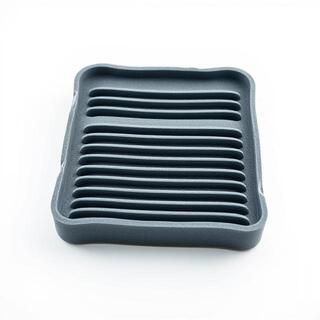
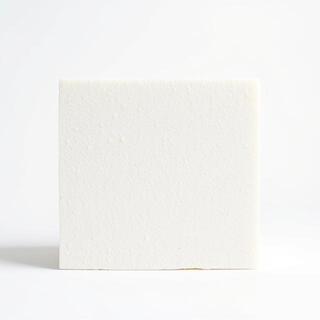
HOW WE TEST
We prefer protocols that translate to real comfort, not just lab numbers.
If a method doesn’t predict calmer nights in homes, we revise it.
POSTURE
Two visual checks take seconds and save hours of restless turning.
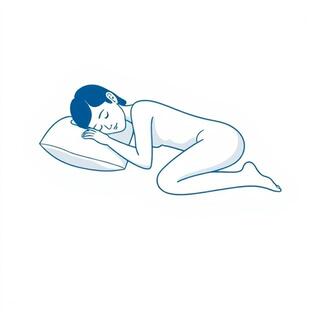
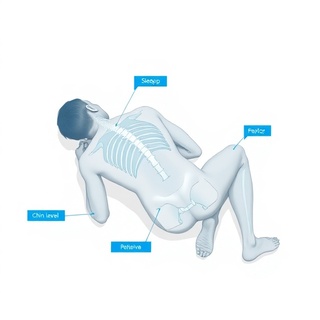
MATERIALS
Less buzzwords, more behavior you can feel at night.
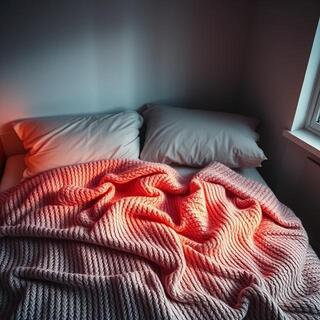

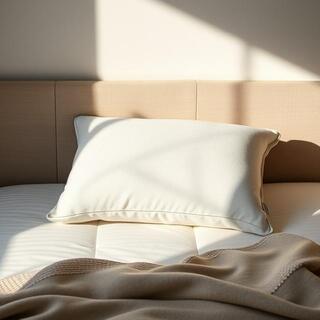
Medium loft, AirKnit cover. The balance of cheek contour and neck lift works for most side and combo sleepers, especially in humid cities with a ceiling fan.
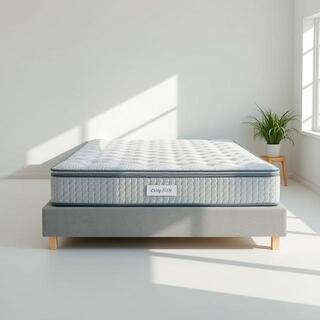
Medium feel with reinforced rails: stable for sit-and-tie routines and calm through midnight turns. Great all-rounder if you share the bed.